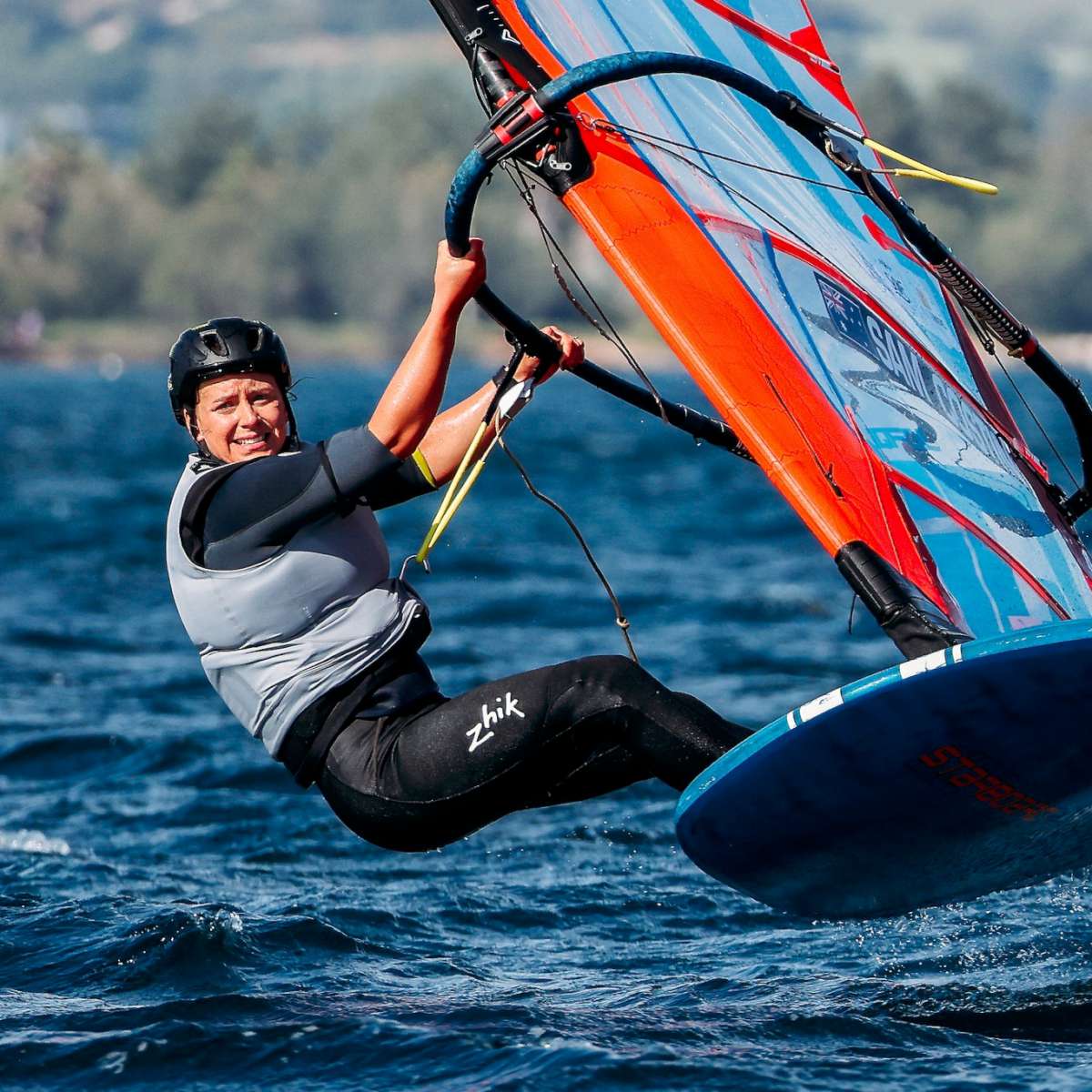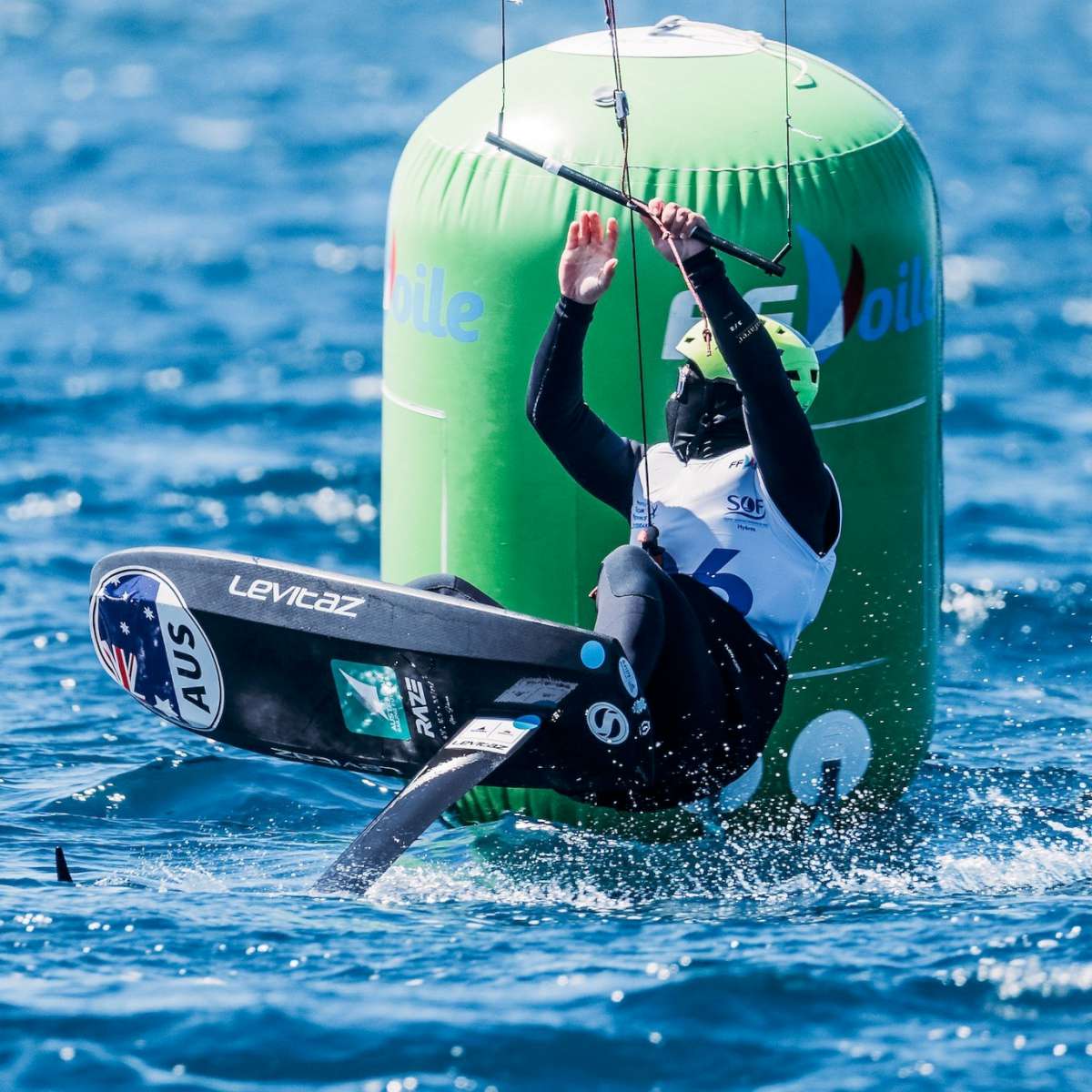The Formula for Reef Reconstruction.
Rebuilding reefs is a specialist area of conservation, and one that Reef Design Labs has honed to a fine, sculptural art.
Reef Design Labs, led by Director and industrial designer, Alex Goad, design, prototype and manufacture unique coastal solutions to restore reefs and protect shorelines.
Formed in 2015, the Melbourne-based team of designers, architects, engineers and fabricators shares a love for the marine environment and is dedicated to the art of designing and making habitat solutions that respond to current environmental issues in partnership with university researchers and marine ecologists.
Their work has received international accolades, including the 2023 Good Design Award Sustainability, Dezeen Awards Sustainable design (building product) of the year 2023, Powerhouse Design Award 2023 and was a finalist in the Earthshot Prize for Living Seawalls in 2021.
Alex is a graduate of Industrial Design at Monash University and says he has always had an interest in design and sculpture.
“I am passionate about marine conservation and wanted to apply my knowledge and skills to creating habitat for marine life and erosion mitigation,” he states.
Their main mission is “to bring design to the coastal restoration field”.
“If we have to build in the marine environment, why not pay the same respect to the landscape and create structures that are beautiful and inclusive to every species,” says Alex.
“Why not do it in a more exciting way, suited to multiple user groups, so that we cover coastal protection and pastimes such as snorkelling and diving?”
Alex refers to recent projects such as the series of specialised wave break modules, known as Erosion Mitigation Modules (EMU) for the City of Greater Geelong, which were designed to reduce the force of waves and prevent further erosion along the beach at Clifton Springs while providing optimised habitat for colonising species.
The undulating modules allow people to snorkel through the system at high tide and explore the rock pools at low tide just like a natural rocky reef. The 200cm wide units were manufactured from an eco-blend concrete mixture and locally sourced recycled shell aggregate.
“In intertidal areas, there is an opportunity to bring back what has been lost and make it accessible to locals and tourists with aesthetic and eco inclusive design,” he adds.
“There’s a lot to be said for the mental health benefits of enjoying the natural environment in urban areas, and we hope to be involved in more opportunities to do that.”
Using new technology and manufacturing methods, 3D printing and traditional techniques, the team from Reef Design Lab creates structures that “meet engineering and environmental requirements, as well as looking like they belong in the marine environment”.
“We take inspiration from nature, with a mix of obvious biomimicry and the aesthetic of what we think is possible with different moulds and techniques,” Alex said. “It’s important to appreciate that they are artificial, but they also pay homage to nature.”
While most of their work is located in Australia, Reef Design Lab has worked with groups in the Maldives and Sweden, as well as a collaboration with WWF in the North Sea for oyster reef restoration.
In the Maldives in 2018-19, Alex installed a Modular Artificial Reef Structure (MARS) off the Summer Islands, designed to resemble coral native to that area. MARS is a ceramic 3D printed modular system for constructing reef habitat without the need for heavy-duty equipment. By 2022, it was hosting a diverse range of coral and teeming with marine life.
220 ceramic moulds were used to create the reef, and real coral fragments were transplanted to colonise the ceramic structure.
In a collaboration with Melbourne University researchers, Reef Design Lab created mangrove planters with the aim of regenerating Victoria’s native southern mangrove species along the waterfront to create habitat and aid with coastal defence. The mangrove seedlings, known as propagules, were planted inside a specially designed planter according to the theory that once the plant has matured after three years, the planter can be reused for further plantings and the cycle can continue.
In Sydney, Reef Design Lab worked with scientists from Macquarie University and the Sydney Institute of Marine Science to create Living Seawalls.
Using habitat panels designed to mimic natural formations like rock pools and mangrove roots, created by Reef Design Lab, the project has created habitat for all kinds of marine life and reduced the water temperature in the vicinity by around 10 degrees.
According to the Living Seawalls team, sea defences fitted with habitat panels have experienced a 36 percent increase in biodiversity after just two years, with further increases expected over time. Up to 115 species of invertebrates and seaweed, as well as dozens of species of fish thrive among the nooks and crannies of the panels. Among them are native species of barnacles, snails, limpets, seaweed, sponges, bryozoans, hydroids, ascidians, mussels, tubeworms, small crustacea and more.
Living Seawalls was a finalist in the 2021 Earthshot Prize, Prince William’s initiative to find and support innovative solutions to the world’s greatest environmental challenges.
The project now operates at 11 Australian locations, and it has since gone global, benefiting shorelines in Wales, Gibraltar and Singapore.
The success of Living Seawalls shows that although marine construction is a large part of the problem, it can also be part of the solution.
By blending ecological concepts and engineering in creative design, they can revive our increasingly urbanised oceans by developing affordable, adaptable and scalable methods of ecologically enhancing structures.
“We have also been trialling and experimenting with various techniques in Malaysia on reefs that have been dynamite fished. In those regions there is a need for rebuilding the 3D structure. There’s a global need for restorative efforts, that’s where some of the structures we’ve designed could be an option.
“But there’s nothing that artificial structures can do for global warming and reef bleaching.”
Alex discovered the ATL Composite product range by Googling local manufacturer of various types of resins. “We have only just started to work with ATL and we have found them very responsive. Our aim is to move from polyester resins to epoxy, which makes a big difference in the studio. The polyester resins emit a strong smell which is hard to work with.
“We have found ATL products very useful for various applications, including tooling,” stated Alex.
Working with Justin McDermott, one of ATL’s Technical Sales Engineers, it was decided that a combination of products from ATL’s TECHNIREZ Tooling Epoxy range would achieve the goals of low shrinkage and abrasion resistance, and importantly the low VOC emissions for the workshop environment, to produce high performance, durable and dimensionally stable tools that withstand multiple pulls of concrete castings.
The TECHNIREZ epoxy range includes a full range of laminating and coating systems, filled casting resins, thixotropic gelcoats, surfacing compounds suitable for CNC machining, and laminating pastes to provide manufacturers with a comprehensive choice of products to suit every application.
“They are reliable and high-performance,” Alex continued. “The setting time works really well, and the strength and durability are incredible. We have been using them for a year, and they are impressive so far.
“ATL products have helped us do our work in-house and in a creative way, which is a huge benefit.”
reefdesignlab.com
atlcomposites.com.au
@ATLComposites
@reefdesignlab































